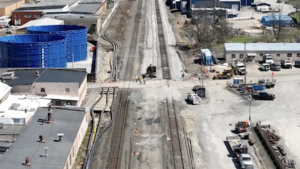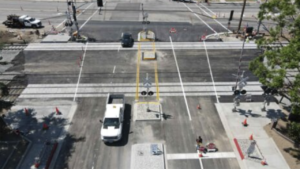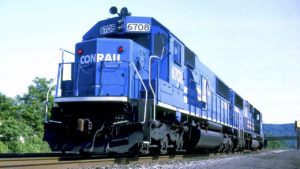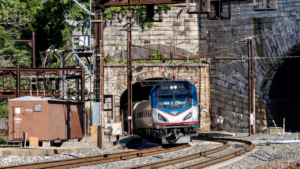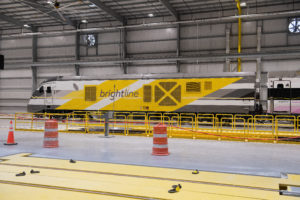NTSB unveils two-year Most Wanted List
Written by Mischa Wanek-Libman, editor
The National Transportation Safety Board (NTSB) unveiled its 2017-2018 Most Wanted List, implementing a new two-year cycle as opposed to the annual one previously used.
NTSB Chairman Christopher Hart explained the two-year cycle will help the board focus its “advocacy efforts on sustained progress.”
“We will take stock at the one-year mark, note what progress has been made and decide what additional improvements are needed,” said Chairman Hart.
Chairman Hart noted that 2017 will mark NTSB’s 50th anniversary and while much progress has been made in transportation safety, he cited increased highway fatalities as one statistic that served as a reminder that “safety is not a destination, but a continuing journey, and our efforts to improve safety must never stop.”
This installment of the Most Wanted List includes 10 action items NTSB will focus on in 2017 and 2018:
- Eliminate Distractions
- Reduce Fatigue-Related Accidents
- Prevent Loss of Control in Flight in General Aviation
- Improve Rail Transit Safety Oversight
- End Alcohol and Other Drug Impairment in Transportation
- Increase Implementation of Collision Avoidance Technologies
- Expand Recorder Use to Enhance Safety
- Require Medical Fitness
- Strengthen Occupant Protection
- Ensure the Safe Shipment of Hazardous Materials
With the exception of “Prevent Loss of Control in Flight in General Aviation,” the rail industry is concerned in all other NTSB action items. The list includes a call to implement Positive Train Control, ensure the safe movement of hazardous materials via rail, increase monitoring and oversight of rail transit safety, eliminate operator distractions, expand the use of data recorders and strengthen occupant protection.
Additionally, a trio of action items focuses on worker health including an item that calls for policies to ensure personnel are medically fit for duty, making sure personnel receive adequate rest to reduce fatigue-related accidents and an end to alcohol and other drug impairments in transportation.
The new list is substantially similar to the 2016 list, but where NTSB had separated collision avoidance technology implementation in highway and rail applications as two items in 2015, they are combined into a single item in the new list. “Ensure the Safe Shipment of Hazardous Materials,” was added to the list this year.

